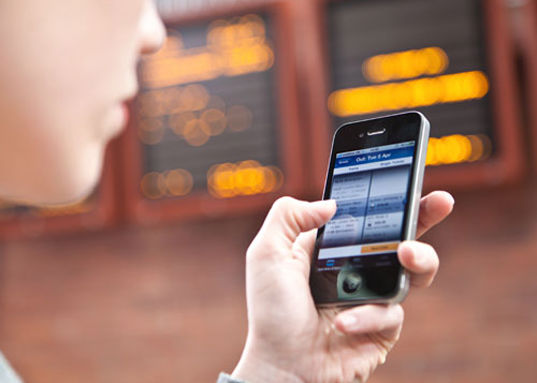By Susan Shaheen, PhD, and Nelson Chan
Shared-use mobility includes carsharing, personal vehicle sharing (or peer-to-peer (P2P) carsharing), bikesharing, scooter sharing, shuttle services, ridesharing, and on-demand ride services. It can also include commercial delivery vehicles providing flexible goods movement. Shared-use mobility has had a transformative impact on many global cities by enhancing transportation accessibility while simultaneously reducing ownership of personal automobiles. In the context of carsharing and bikesharing, vehicles and bicycles are typically unattended, concentrated in a network of locations where the transaction of checking out a vehicle or bicycles is facilitated through information technology (IT) and other technological innovations. Usually, carsharing and bikesharing operators are responsible for the cost of maintenance, storage, parking, and insurance/fuel (if applicable). In the context of classic ridesharing (carpooling and vanpooling) and on-demand ride services, such as transportation network companies (TNCs), many of these providers employ IT to facilitate the matching of riders and drivers for trip making.
To download the full report, click here.

